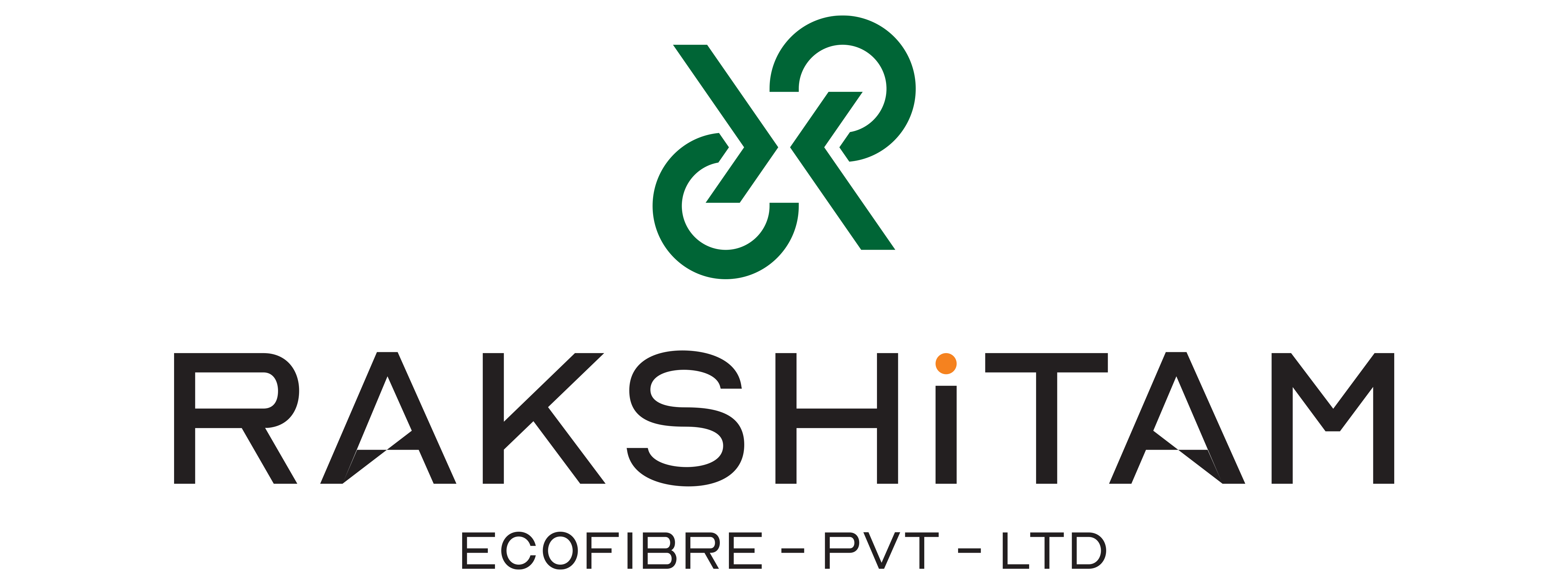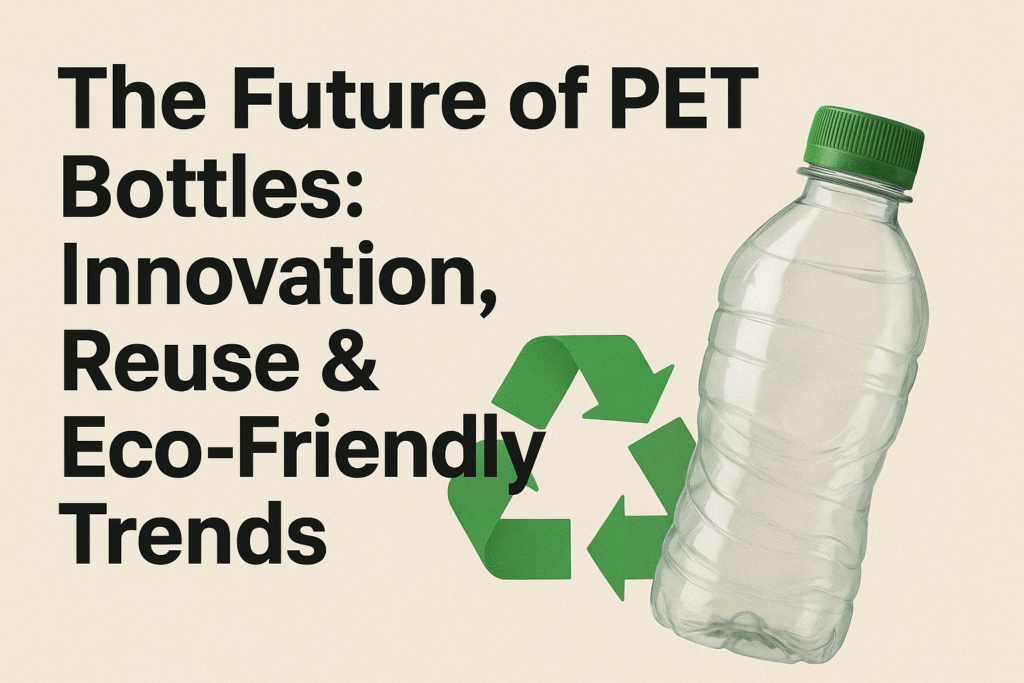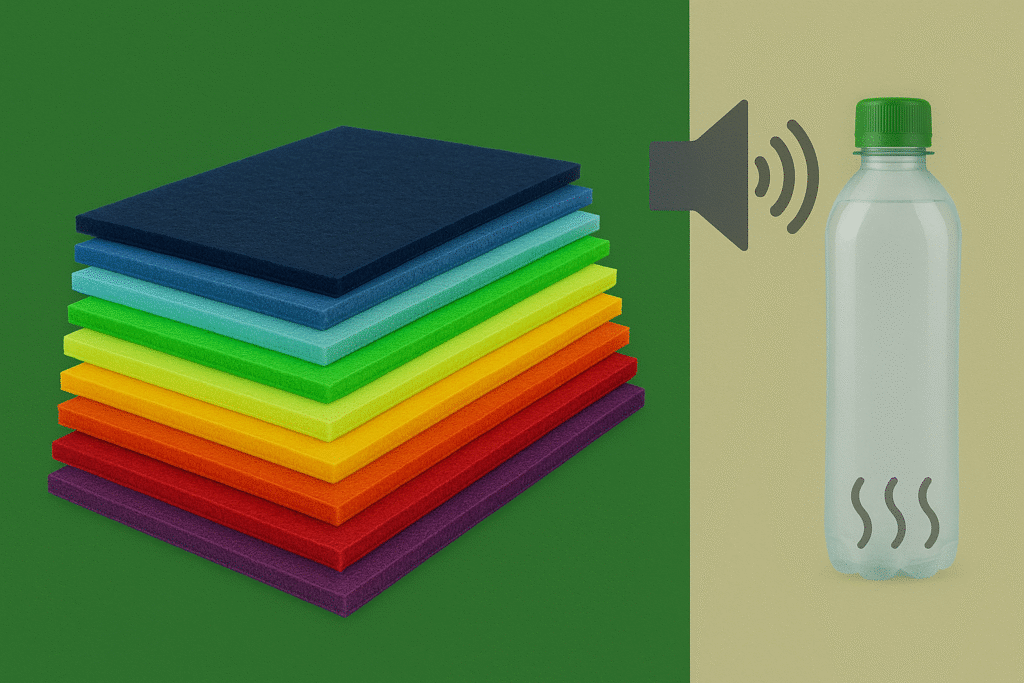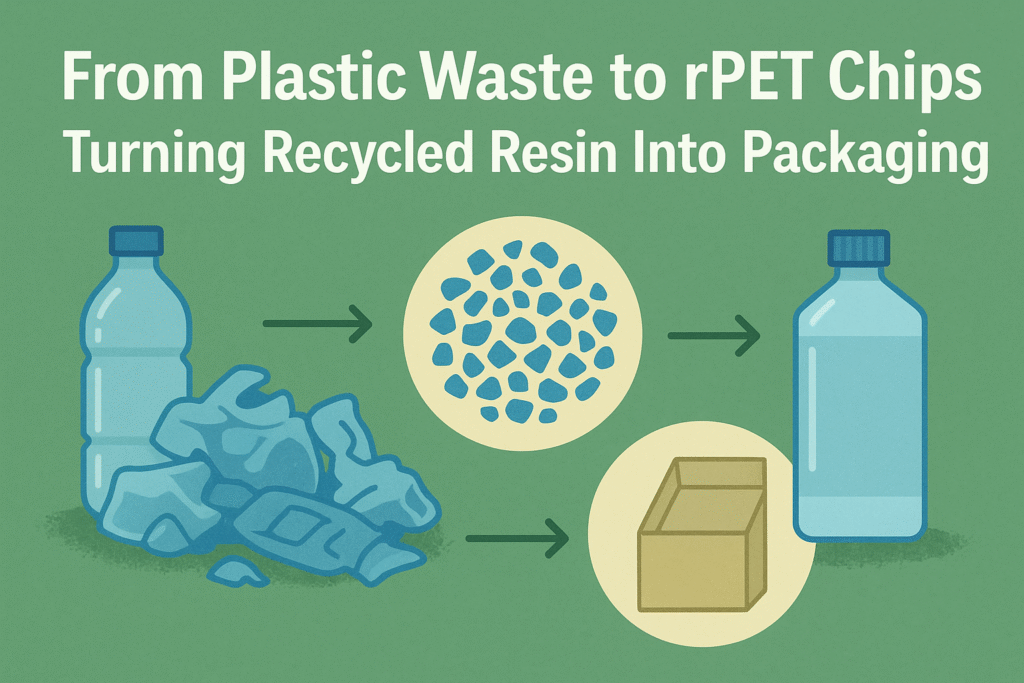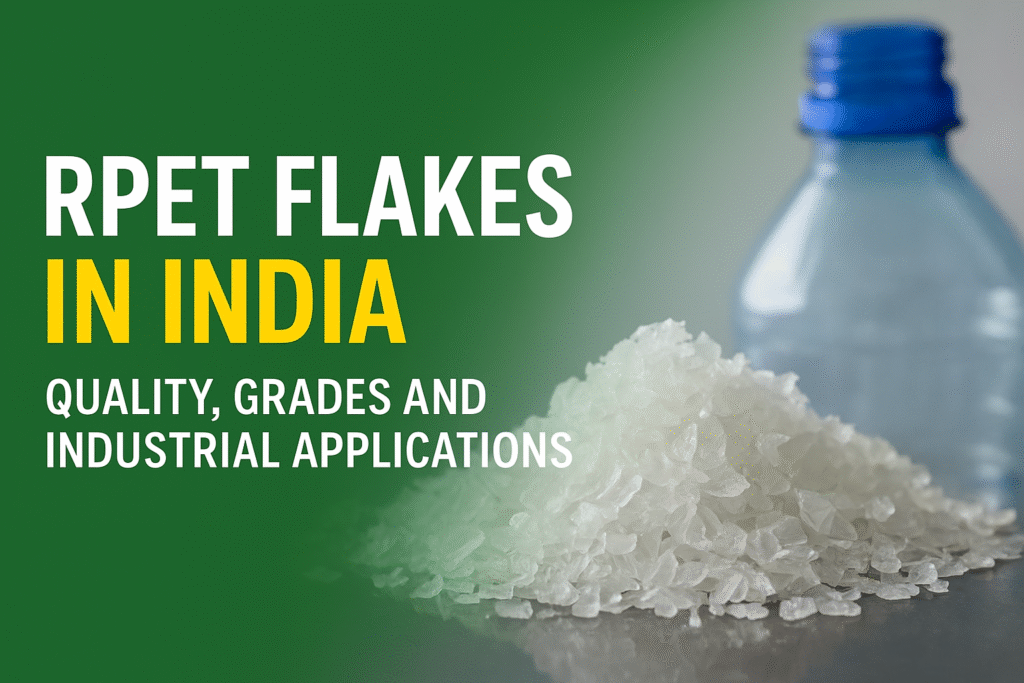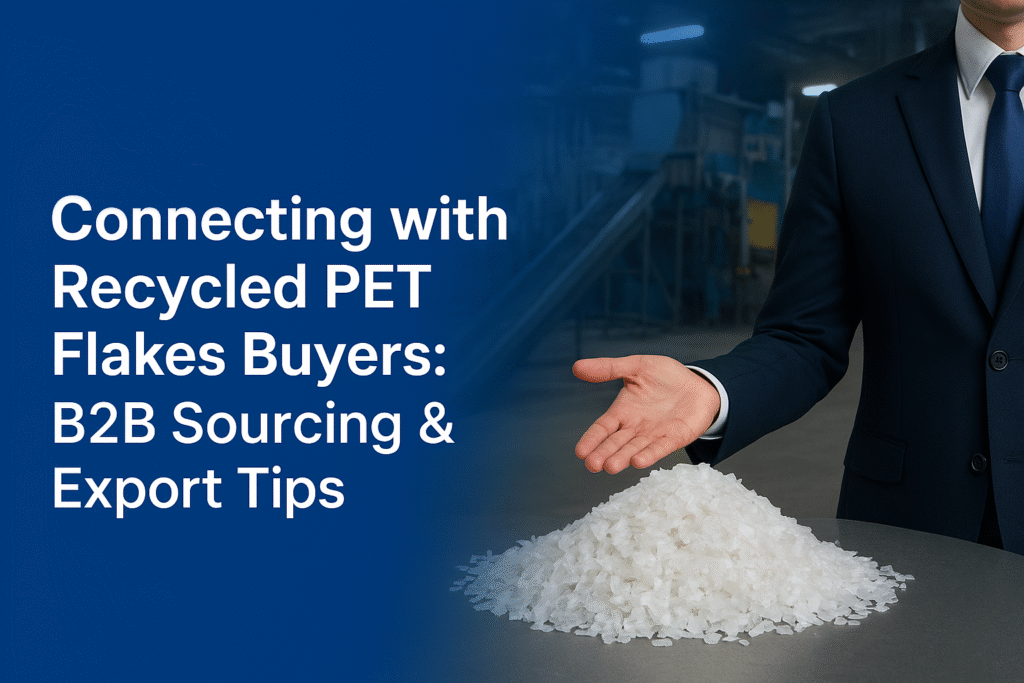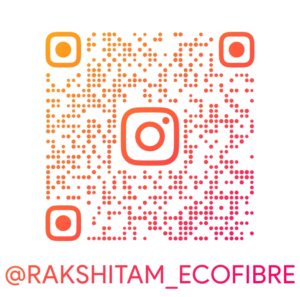Let’s Start with a little introduction to RPSF! So basically, Recycled Polyester Staple Fibre (RPSF) is an artificial, man-made fibre produced by recycling plastic waste, largely PET (Polyethylene Terephthalate) bottles and polyester scraps. This eco-friendly material is a game-changer in the textile industry, providing a sustainable alternative to virgin polyester.
Now Let’s go through key characteristics of RPSF shall we?
Now the process starts with sourcing plastic waste and one thing that we know of is plastic waste is in abundance and today we can easily source it from dumpsters and waste management as recycled PET materials are used to create RPSF which helps divert plastic waste from landfills and oceans. Now Once RPSF is produced from the waste material it can be used as a base for many products like insulation materials, filtration systems, home textiles (like cushions and pillows), non-woven carpets, and artificial fur.
Now you might think why make RPSF right?
Well, the answer is has more than one aspect to it!
Firstly energy consumption and greenhouse gas emissions in manufacturing RPSF are way lower than the manufacturing of traditional polyester, and secondly making and using RPSF promotes a circular economy as in using material that could have contributed to waste resulting in increasing pollution and damaging the environment.
Overall, RPSF not only supports sustainable fashion but also contributes to broader environmental goals by reducing plastic waste and resource depletion.
Emphasizing the Significance of Sustainability in the Fashion Industry.
Today sustainability in the fashion industry is increasingly recognized as essential why because of its significant environmental and social impacts!
The fashion industry is and has been a major source of pollution and waste and to battle the pollution and waste generated over the years a new trend is emerging, a trend of integrating sustainable practices into fashion aims to reduce resource consumption, lower emissions, and promote recycling and upcycling initiatives.
Recently due to spreading awareness of environmental damage due to increasing plastic waste, many are actively seeking eco-friendly options, pushing brands to adopt to sustainable practices and this shift is driving companies to embrace a shift towards responsible production methods, placing a greater emphasis on sustainability in their day-to-day operations giving their environmental responsibility a marketing twist.
The Environmental Impact of the Textile Industry
The textile industry has a huge impact on the environment primarily driven by traditional manufacturing practices and the rise in demand of fast fashion.
Current challenges are as follows:
- The textile industry is a major contributor to global pollution accounting for approximately 10% of global carbon emissions, Surpassing the emissions from all international flights and maritime shipping combined.
- Additionally, it is responsible for 20% of the wastewater generated worldwide, Mainly due to toxic chemicals used in dyeing and finishing processes.
- Now these chemicals often end up in rivers and oceans, polluting water and harming aquatic ecosystems.
- The industry heavily relies on non-renewable resources. For example, making a single cotton shirt requires about 700 gallons of water, while a pair of jeans can take up to 2,000 gallons, now this excessive water usage contributes to water scarcity in many areas. Furthermore, the extraction of raw materials for synthetic fibres, primarily derived from fossil fuels, exacerbates resource depletion and environmental degradation.
- The fast fashion model promotes an unsustainable cycle of overproduction and waste. An estimated 85% of textiles produced each year end up in landfills.
- The rapid turnover of fashion trends leads to millions of garments being discarded after minimal use like in the U.S., enough textile waste is generated every six days to fill the Mall of America.
Naturally, the answer to sustainability is RPSF.
Recycled Polyester Staple Fibre (RPSF) serves as a sustainable alternative in the textile industry, primarily due to its production process and resource efficiency compared to virgin polyester.
Let’s discuss its production process:
RPSF is made by recycling post-consumer plastic waste, particularly PET (Polyethylene Terephthalate) bottles and polyester scraps. The manufacturing process at Rakshitam involves several key steps:
Firstly, Used PET bottles and scraps are collected and sorted by waste segregators.
- Flake Production: The collected materials are cleaned and processed into small flakes.
- Extrusion: These flakes are then melted and extruded through a spinneret, forming continuous filaments. Depending on the desired properties, the filaments can be hollow or solid.
- Fiber Formation: The extruded filaments are cooled, stretched, and treated in a chemical bath to enhance their characteristics. They are then dried and cut into staple fibers of various lengths for use in textiles.
This process not only repurposes plastic waste but also conserves resources by utilising existing materials rather than requiring new raw materials from petroleum sources.

Resource Efficiency
- RPSF demonstrates significant efficiency when compared to virgin polyester, the production of RPSF typically requires up to 60% less energy than that needed for virgin polyester. This reduction is primarily due to the lack of energy-intensive processes involved in extracting and refining crude oil into raw polyester.
- RPSF production uses considerably less water—about 90% less than the production of virgin polyester. Traditional polyester manufacturing is water-intensive, particularly during dyeing and finishing processes, whereas RPSF leverages recycled materials that require minimal additional water.
In summary, RPSF not only provides a viable solution for reducing plastic waste but also enhances resource efficiency in textile manufacturing, making it a crucial component of sustainable fashion practices.
